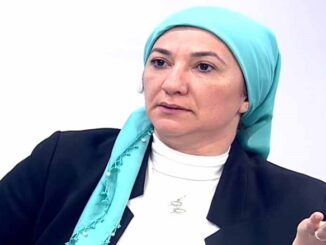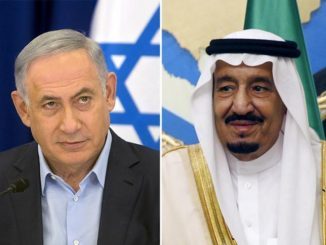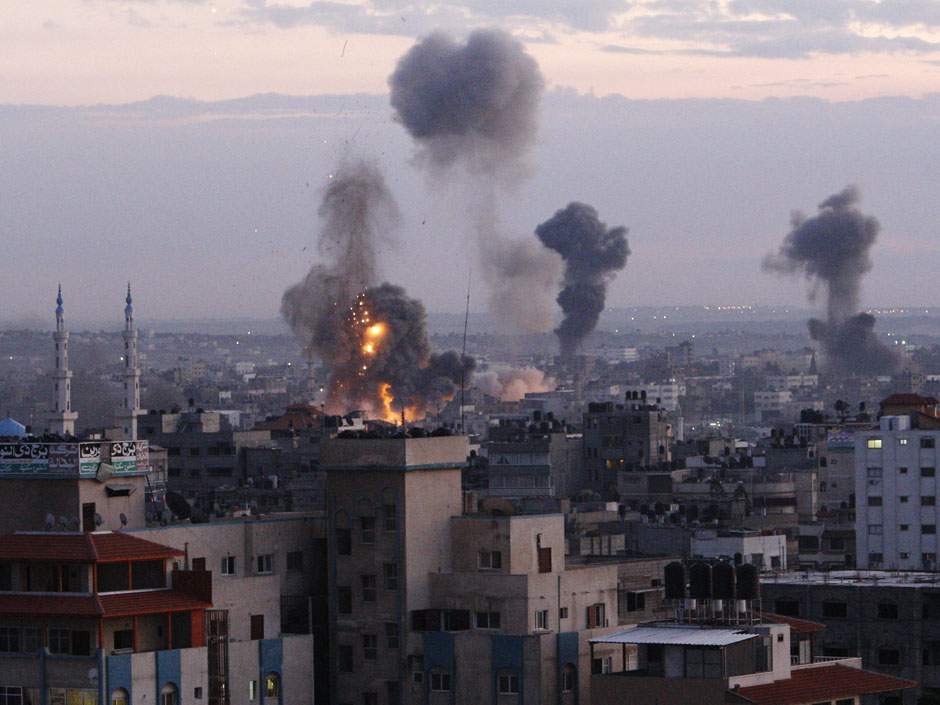
Egypt was listed in the third position after Congo and Afghanistan among countries most likely to experience a new mass killing in 2018 or 2019, according to a new forecast by The Early Warning Project’s 2018-19 Statistical Risk Assessment for Mass Killing.
The factors that explain Egypt’s risk score include a lack of freedom of movement for men, the country’s regime type (anocracy), a large population (the largest of any country in the Middle East), its geographic region, the presence of political killings, a history of mass killing (2013–14), and a recent coup d’etat. Beyond the factors evaluated in the model, we note that Egypt faces multiple security and human rights challenges. There have been reports of large-scale attacks by extremist groups, including IS, on Christians and Sufi Muslims, and violence against civilians perpetrated by both insurgents and government forces in the Sinai Peninsula.
The Democratic Republic of Congo (DRC), Afghanistan, and Egypt top the list of countries most likely to experience a new mass killing in 2018 or 2019, according to a new forecast released by the Early Warning Project, a partnership between the U.S. Holocaust Memorial Museum and Dartmouth College. The report’s release coincided with the launch of the project’s new website, including interactive data tools, accessible reports, and data files.
The Early Warning Project uses quantitative and qualitative methods to spotlight countries where mass atrocities have not yet begun, but where the risk for such violence is high. To produce this assessment, the project draws on more than seventy years of historical data, using a machine learning algorithm to identify country characteristics and patterns in the two years preceding onset of mass killing historically to identify countries similarly at risk today.
“Our statistical model estimates that there is a 24.0%, or approximately 1 in 4, chance of a new mass killing beginning in Egypt in 2018 or 2019. Egypt ranks 3rd highest among 162 countries,” the report says.
High Risk Countries: DRC, Afghanistan, Egypt
Given DRC’s continuing national political crisis in the lead-up to presidential elections this month and numerous violent conflicts on the country’s periphery, it is unsurprising that the DRC faces high risk for a new episode of state-led or nonstate-led mass killing episode in 2018 or 2019.
Violence in the southern Kasai region, which has reportedly included serious abuses by the government and by nonstate forces, could be a potential locus of a new mass killing. (The mass killing led by nonstate actors in the country’s east is considered to be an ongoing situation and therefore not forecast in this risk assessment.) Additionally, with presidential elections scheduled for December 23, experts are calling attention to heightened risk for increased political violence, while noting that DRC has never experienced a peaceful transition of power.
DRC has been in the top ten in every risk assessment since the project’s launch in 2014, but jumped from tenth in the 2016 assessment to second in 2017-18 and now first in the 2018-19 report. However, while this jump may be due to changes on the ground, it could also be a reflection of the new methodology and data sources.
Afghanistan and Egypt are the second and third most at-risk countries for a new episode of mass killing. Like the DRC, Afghanistan is already experiencing an ongoing nonstate-led mass killing episode, perpetrated by the Taliban. This risk assessment relates to the chance of a new mass killing, not to the likelihood of Taliban attacks continuing or increasing. Risk factors including lack of freedom of movement for men and governance characteristics (anocracy) contribute to Afghanistan’s high ranking.
Egypt, the highest-risk country without an ongoing mass killing, faces multiple security and human rights challenges. There have been reports of large-scale attacks by extremist groups, including the self-proclaimed Islamic State, on Christians and Sufi Muslims and violence against civilians perpetrated by both insurgents and government forces in the Sinai Peninsula.



